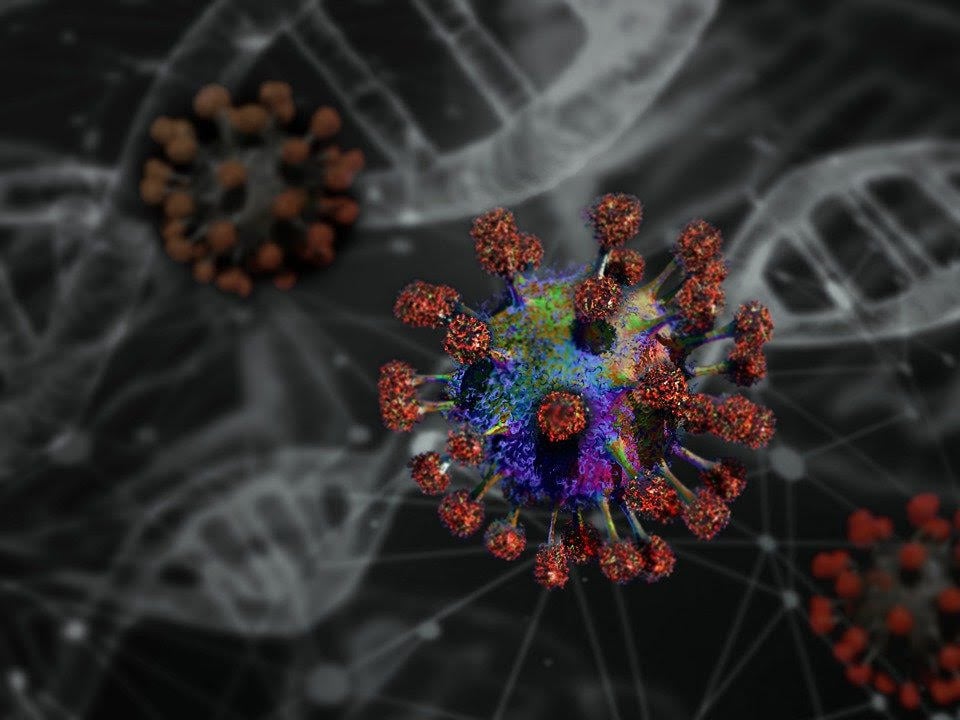The Stanford Medicine Clinical Virology Laboratory launched a new diagnostic test for detecting coronavirus on Wednesday. The new test, which can deliver results within 12 to 24 hours, will rapidly identify infected people and could help limit the spread of the virus.
The test is currently in use only on patients at Stanford Health Care and Stanford Children’s Health suspected of having the SARS-CoV-2 virus. The test was validated by the Food and Drug Administration (FDA) and Clinical Laboratory Improvement Amendments (CLIA) for testing involving human subjects.
The lab that developed the test is led by Benjamin Pinsky, associate professor of pathology and infectious diseases at the Stanford School of Medicine.
Testing is essential because it helps to identify both asymptomatic carriers and infected people, Pinsky told The Daily. These results then inform treatment, quarantine and the allocation of vital medical resources.
“The sooner we know a patient is positive, the sooner we can take the right action to provide care and take steps to ensure the safety of people they came into contact with, whether that’s health care providers or the patient’s loved ones,” Pinsky wrote in an email to The Daily.
According to the Stanford Medicine News Center, it is not yet clear how long a patient needs to be infected before testing positive and whether someone not yet showing symptoms could test positive.
“While the situation continues to evolve, rapid identification of infected people could help limit the spread of the virus,” Pinsky wrote. “Public health experts have indicated that prompt identification and quarantine of infected people is critical to limiting the spread of the virus.”
Pinsky and his team began developing the test in late January, as they worked to optimize previous coronavirus tests for current U.S. testing guidelines.
The test uses a technique called real-time RT-PCR to “detect the presence of genetic material in samples obtained from nasal swabs of potentially infected people,” Pinsky wrote.
He added that the test screens for two viral genes.
“The first encodes a protein called an envelope protein, which is found in the membrane that surrounds the virus,” Pinsky wrote. “It then confirms the positive result by testing for a gene encoding a second protein called RNA-dependent RNA polymerase.”
The release of this test comes on the heels of an announcement from the Federal Drug Administration (FDA) that now allows in-house diagnostic testing without FDA approval. Previously, all nasal swabs had to be sent to public health agencies for further testing.
The release also came one day before Stanford President Marc Tessier-Lavigne confirmed that “Stanford Medicine is currently caring for a few patients who have tested positive for COVID-19” in a statement to the University community on Thursday.
“Our hospitals and clinics on campus provide essential health care for the people of our region,” Tessier-Lavigne wrote.
This article has been corrected to reflect the correct technique used by the test to detect genetic material. The Daily regrets this error.
Contact Emma Talley at emmat332 ‘at’ stanford.edu and Ujwal Srivastava at ujwal ‘at’ stanford.edu.
